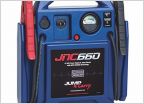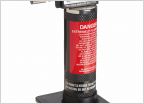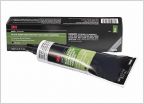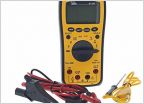-
Welcome to Tacoma World!
You are currently viewing as a guest! To get full-access, you need to register for a FREE account.
As a registered member, you’ll be able to:- Participate in all Tacoma discussion topics
- Communicate privately with other Tacoma owners from around the world
- Post your own photos in our Members Gallery
- Access all special features of the site
Deep Cycle vs Standard Battery
Discussion in 'Garage / Workshop' started by mark1285, Mar 12, 2017.


 Portable Jump Starters
Portable Jump Starters Microtorch recommendations
Microtorch recommendations 10mm socket
10mm socket Adhesive to bond neoprene to metal (painted) that sees varying temps?
Adhesive to bond neoprene to metal (painted) that sees varying temps? Strange Electrical Issue
Strange Electrical Issue







































































